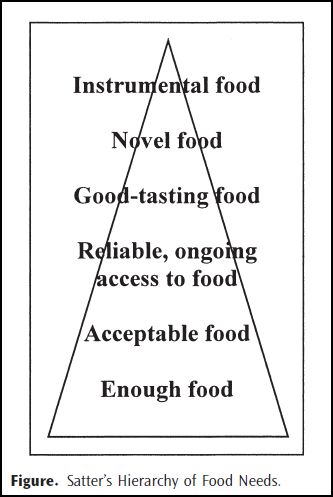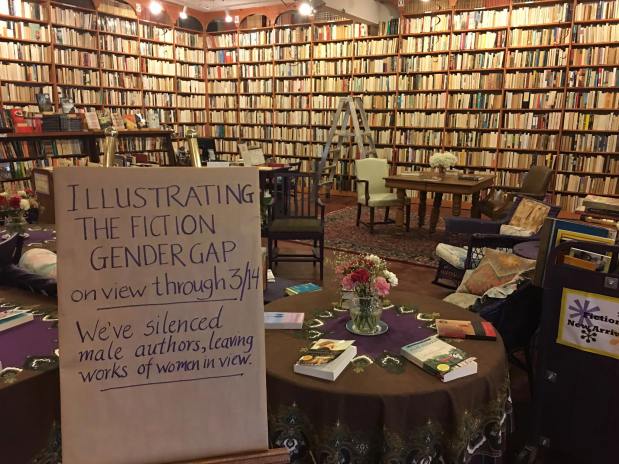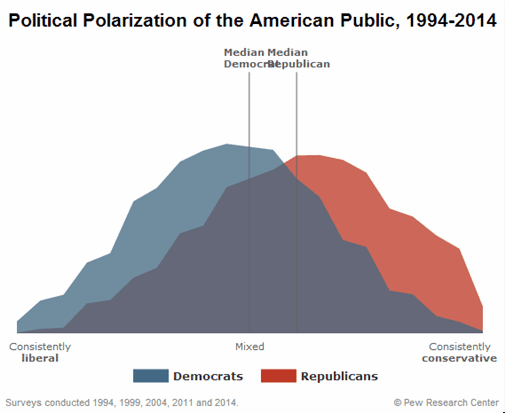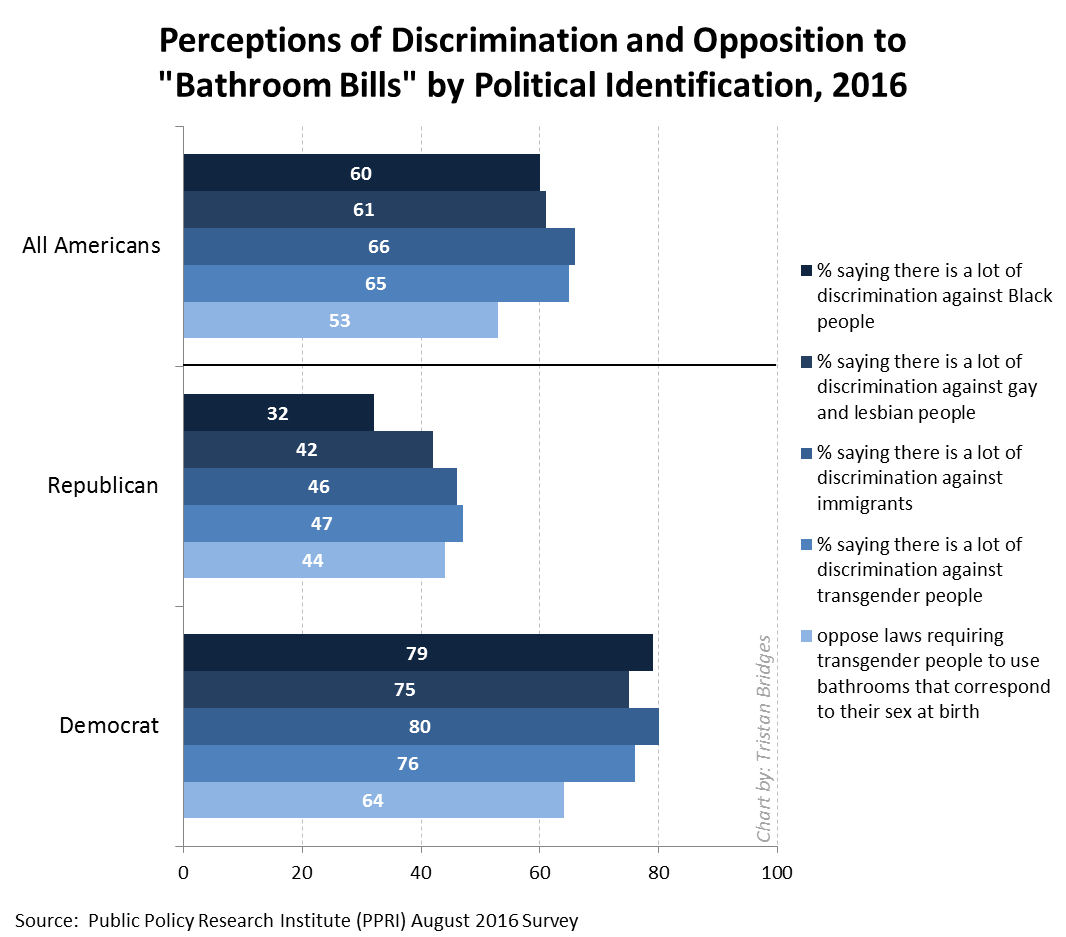Flashback Friday.
Responding to critics who argue that poor people do not choose to eat healthy food because they’re ignorant or prefer unhealthy food, dietitian Ellyn Satter wrote a hierarchy of food needs. Based on Maslow’s hierarchy of needs, it illustrates Satter’s ideas as to the elements of food that matter first, second, and so on… starting at the bottom.
The graphic suggests that getting enough food to eat is the most important thing to people. Having food be acceptable (e.g., not rotten, something you are not allergic to) comes second. Once those two things are in place, people hope for reliable access to food and only then do they begin to worry about taste. If people have enough, acceptable, reliable, good-tasting food, then they seek out novel food experiences and begin to make choices as to what to eat for instrumental purposes (e.g., number of calories, nutritional balance).
As Michelle at The Fat Nutritionist writes, sometimes when a person chooses to eat nutritionally deficient or fattening foods, it is not because they are “stupid, ignorant, lazy, or just a bad, bad person who loves bad, bad food.” Sometimes, it’s “because other needs come first.”
Originally posted in 2010; hat tip to Racialicious; cross-posted at Jezebel.
Lisa Wade, PhD is an Associate Professor at Tulane University. She is the author of American Hookup, a book about college sexual culture; a textbook about gender; and a forthcoming introductory text: Terrible Magnificent Sociology. You can follow her on Twitter and Instagram.







 Botox has forever transformed the primordial battleground against aging. Since the FDA approved it for cosmetic use in 2002, eleven million Americans have used it. Over 90 percent of them are women.
Botox has forever transformed the primordial battleground against aging. Since the FDA approved it for cosmetic use in 2002, eleven million Americans have used it. Over 90 percent of them are women.


